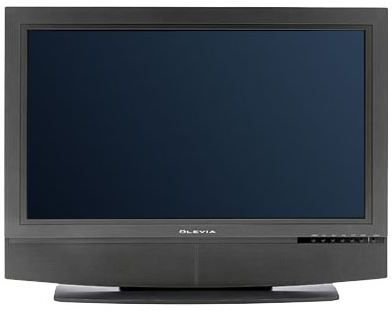When Was the First Plasma TV Invented? The History of Plasma TV
Overview
An amalgam of noble gases is etched in the form of small cells between the two glass panels. The emission of light excited by phosphors is due to the conversion of gas in the cells, which is turned into plasma.
You should not confuse yourself with plasma displays and LCDs (liquid crystal display), a lightweight flat screen display that incorporates a totally different technology altogether and has different properties.
Having seen the basics, now let us move on to discover the history of plasma TVs: the first prototype, the chronological development, and more.
The First Prototype
The maiden—a prototype, of course—Plasma display monitor was invented at the University of Illinois during July 1964 by Professor Gene Slottow and Professor Donald Bitzer. But, the plasma TV could become a reality only after the arrival of digital technologies and other advancements in the field several years down the line.
Post 1964, the development of plasma television as a replacement to television with the use of cathode ray tubes was acknowledged and promoted. With the introduction of LCDs, it became possible to manufacture television with flat screens, and this put an end to the very thought of commercially developing plasma displays for next few years, due to cost factors and several other considerations.
Noteworthy Developments in Chronological Order
1983 - IBM launched a 48-cm monochrome display, which was capable of simultaneously displaying four different IBM 3270 terminal sessions. But, as a part of company’s strategy, IBM shut down the world’s largest plasma plant located in New York City.
1992 - It was then Fujitsu’s turn to unleash first ever 53-cm large fully-coloured hybrid display. It featured superior brightness.
1994 - After Weber gave an impressive demonstration of the color plasma technology in San Jose, the Panasonic Corporation entered into a partnership with Plasmaco in the form of a joint development venture, but later Panasonic took over Plasmaco and its American factory in 1996.
1997 - Fujitsu once again made its presence felt by bringing a 107cm Plasma display with advanced features such as progressive scanning and high resolution of 852x480 pixels into the market. Philips followed Fujitsu’s footprint and came out with a plasma display of the same resolution marketed at a hefty price tag of $14,999. Pioneer entered the market of Plasma display in the year 1997.
Progress in Technology and Further Developments
While many companies have successfully manufactured different sizes of plasma displays through early 2000, during 2006 through 2008, Panasonic came out with a 103 inch plasma display, which is the third largest display of plasma in the world, and it was marketed by Jumbo Electronics in Dubai.
It is noteworthy to mark the fact that during late 2006, plasma TVs were overtaken by the LCDs, but in the 40-inch series and above slice, plasma displays had established the control over the market share. Basically, at that time, the LCD technology was most suited to small size televisions only while the plasma technology was highly competitive in larger sizes, especially in 40-inches and above.
The technology gap has since been reduced with the improvement of VLSI fabrication technology. Some of the major advantages that LCDs have over plasma TV sets in this never-ending competition are reduction in prices and their lightweight nature coupled with a reasonable consumption of power.
World’s Largest Plasma Unit
With the introduction of massive size Plasma displays, the sizes as well as prices have considerably increased. A 150-inch (381cm) unit of plasma video display is currently the world’s largest Plasma unit, which was displayed at the Consumer Electronics Show held in Las Vegas during the year 2008.
Manufactured by Panasonic (earlier known as Matsushita Electrical Industries), possessing dimensions (hxw) of 6 ft (180 cm) x 11 ft (330 cm), this mammoth plasma video display is simply unparalleled.
Famous Plasma Display Manufacturers
Currently, Samsung, LG, Panasonic, Sanyo, Pioneer, Vizio, Sony and Hitachi are famous for manufacturing world-class Plasma displays that are sold all over the world.
